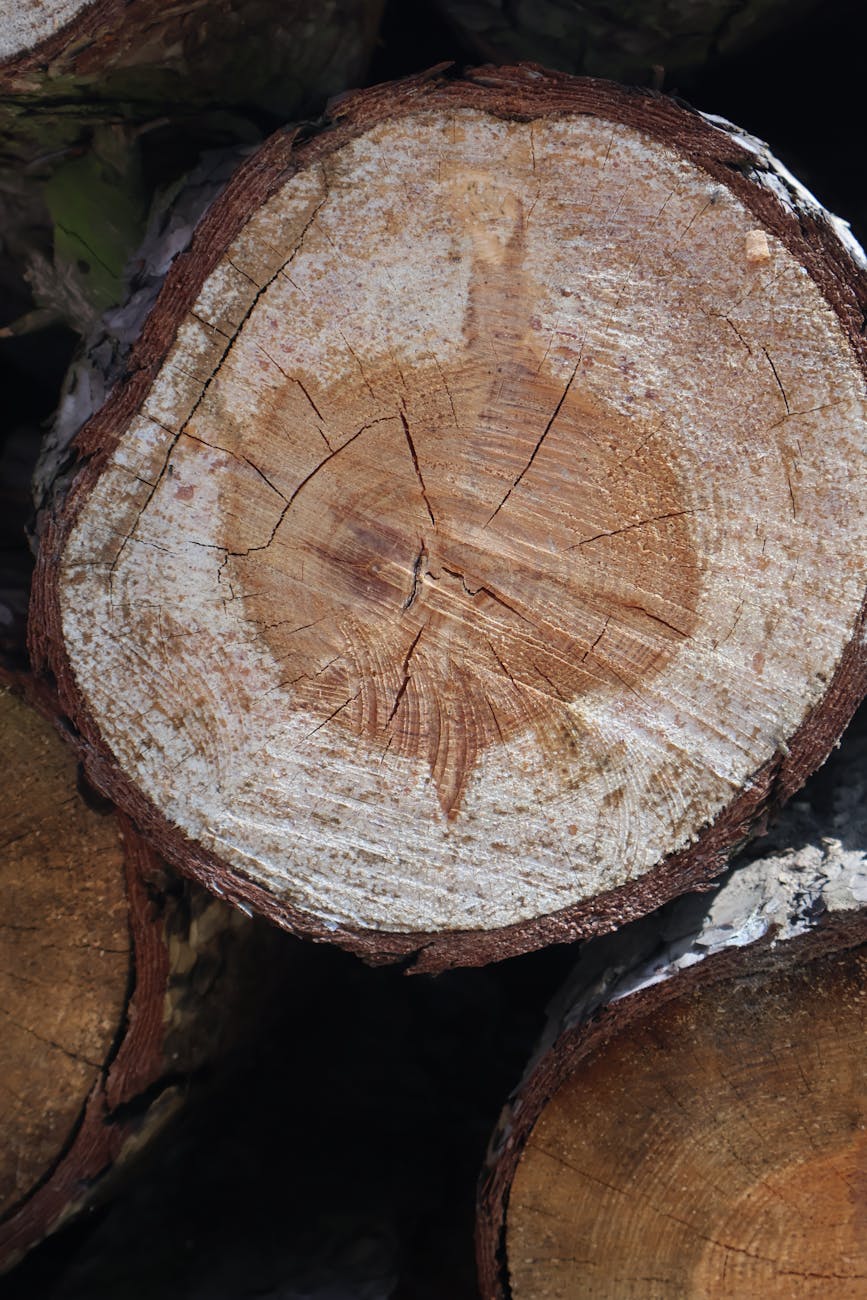Discover essential wood burning safety tips for beginners. Learn how to set up your workspace, choose safe materials, and protect yourself while enjoying the art of pyrography.
Why Safety Matters in Wood Burning
Wood burning, also called pyrography, is a beautiful and rewarding art form — but it involves working with high heat and sometimes hazardous materials. Without proper precautions, you risk burns, fires, or inhaling toxic fumes. By learning and practicing safety from the start, you can enjoy wood burning confidently and without accidents.
Set Up a Safe Workspace
Before you even plug in your wood burner, make sure your workspace is safe:
Wear the Right Protective Gear
Your creativity should never come at the cost of your safety. Equip yourself with:
- Heat-resistant gloves to prevent accidental burns.
- Safety goggles to protect against flying debris.
- A mask or respirator to filter out smoke and toxic particles from certain woods.
Choose the Right Wood
Not all wood is safe for pyrography. For beginners, stick to:
- Untreated, kiln-dried wood such as basswood or birch.
- Avoid chemically treated, painted, or stained wood, which can release toxic fumes.
- Lightly sand your wood for a smooth, clean surface that makes burning easier and safer.
Handle Your Wood Burner with Care
Your wood burning tool can reach temperatures over 700°F (370°C). Keep these tips in mind:
- Unplug when not in use — even for short breaks.
- Allow the tip to cool completely before changing or storing it.
- Always use a heat-proof stand when the tool is hot.
Fire Safety Essentials
Because pyrography uses heat, fire safety is a must:
- Keep a fire extinguisher or bucket of sand within reach.
- Never leave your burner unattended while plugged in.
- Store your wood and tools away from heat sources and direct sunlight.
Aftercare and Clean-Up
A safe project ends with safe clean-up:
- Store your tools in a cool, dry place after they’ve fully cooled.
- Wipe down surfaces to remove dust, ash, or debris.
- Dispose of scrap wood responsibly — never in a burning pile indoors.
Final Safety Checklist for Beginners
Before starting your next wood burning project, ask yourself:
- Is my workspace clear and well-ventilated?
- Am I wearing gloves, goggles, and a mask?
- Do I have fire safety gear within reach?
- Is my wood untreated and safe to burn?
Following these wood-burning safety tips will protect you while letting your creativity shine. With a little preparation and the right habits, you can enjoy pyrography for years to come, safely and confidently.


